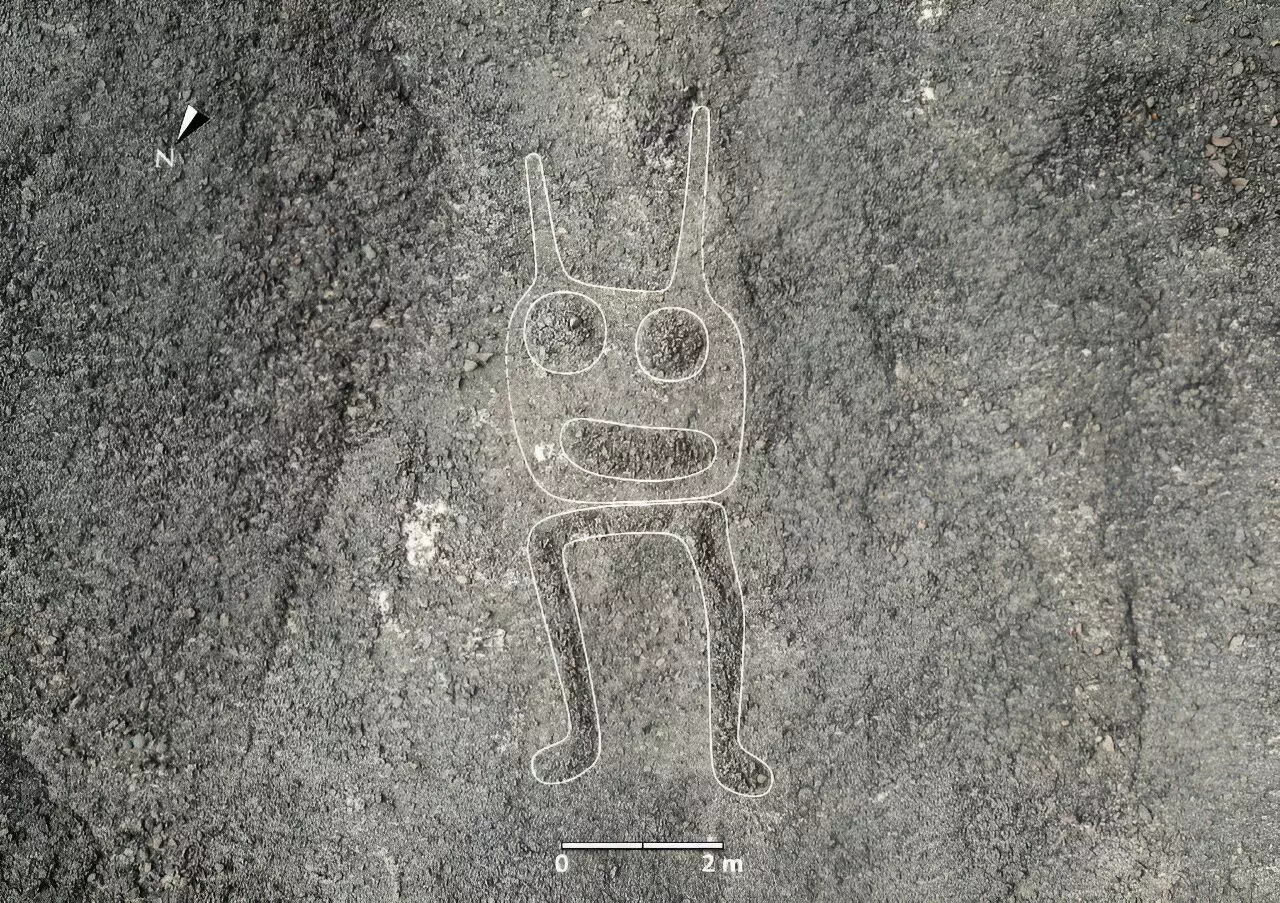In a remarkable intersection of history and innovation, researchers in Japan have leveraged artificial intelligence to identify an astounding 303 new geoglyphs in Peru’s Nazca desert. This development doubles the previously cataloged figures from a civilization that thrived in the region approximately 2,000 years ago. The Nazca lines, a collection of vast etchings etched into the desert floor that depict an array of subjects from flora and fauna to abstract designs, have captivated archaeologists and tourists alike since their discovery nearly a century ago.
On a recent announcement in Lima, Masato Sakai, an archaeologist affiliated with Yamagata University, explained that the integration of AI into archaeological research has significantly expedited and enhanced the accuracy of geoglyph mapping. This pivotal collaboration between Yamagata University’s Nazca Institute and IBM’s research division has led to findings that not only expand our understanding of the Nazca culture but also illustrate the transformative power of technology in historical studies. Sakai noted that previous methods relied heavily on the manual analysis of high-resolution images, a slow process fraught with the potential to miss smaller, subtler etchings.
In fact, according to a study published in the esteemed Proceedings of the National Academy of Sciences, it took archaeologists nearly 100 years to identify just 430 of these geoglyphs. In stark contrast, AI facilitated the discovery of an additional 303 within a mere six-month field study, showcasing the efficiency and depth of automated analysis. Such breakthroughs highlight the crucial role AI is beginning to play in enhancing our archaeological toolkit.
Among the newly identified figures are a variety of large linear geoglyphs, predominantly portraying wild animals, as well as intricate yet smaller representations of humanoid figures and domesticated camelids. The capacity of AI to sift through extensive geospatial data acquired from aerial observations allows researchers to pinpoint potential locations for further geoglyph discovery with remarkable precision.
Despite the growing repository of knowledge about the Nazca lines, the motivations behind their creation remain enigmatic. Scholars speculate about various functionalities, pointing to the possibility of astrological or religious significance tied to the beliefs and practices of the Nazca civilization, which flourished from 200 BC to 700 AD. With the newly discovered geoglyphs contributing to this historical puzzle, the ongoing exploration is as much about understanding the past as it is about recognizing the future potential of technology in archaeological contexts.
The recent advancements in uncovering the secrets of the Nazca lines is a testament to how AI can revitalize historical research methodologies. The implications of this technology extend far beyond the deserts of Peru, potentially setting a new precedent for archaeological studies worldwide. As AI continues to evolve, the legacy of ancient cultures like that of the Nazca may soon be revealed in astonishing detail, allowing researchers and enthusiasts to gain deeper insights into human history. This fusion of the old and the new not only enriches our understanding of ancient civilizations but also marks a pivotal moment in the way we approach the mysteries of our collective past.


Leave a Reply